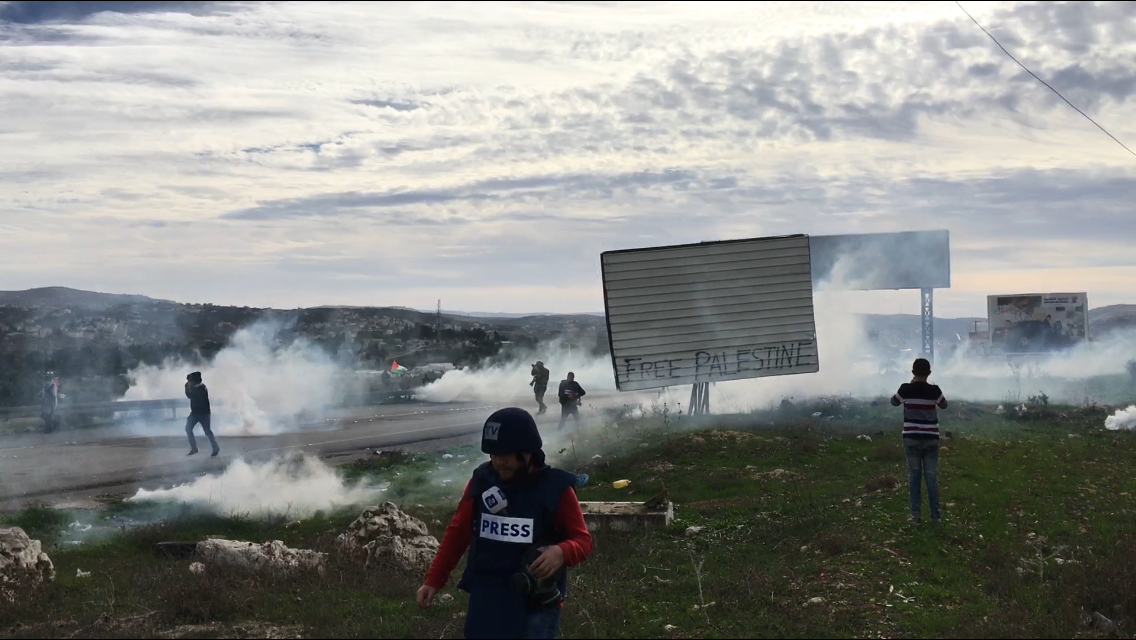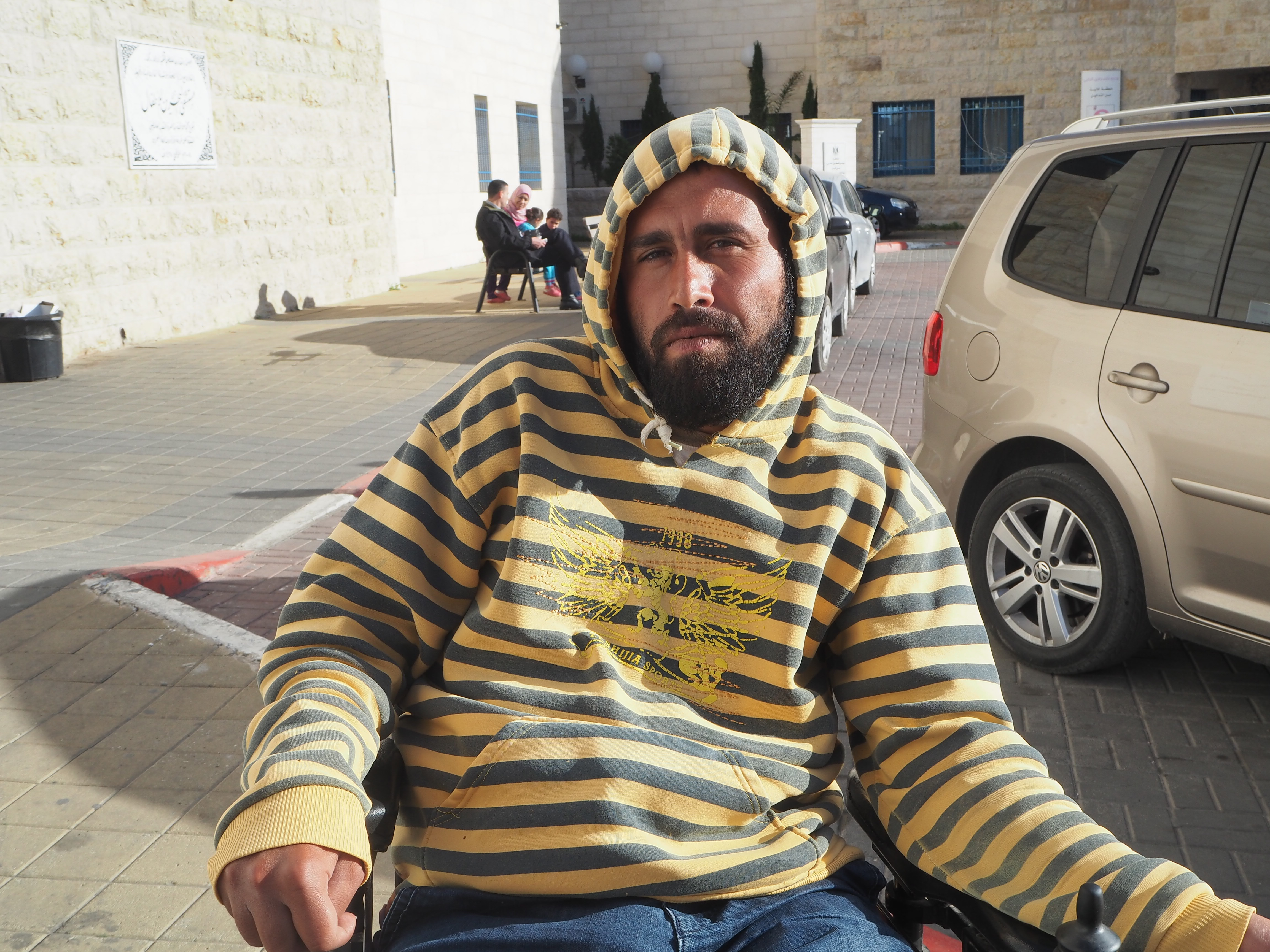Tag: Peaceful demonstration
-
Once again, a non-violent, Palestinian-lead demonstration was met with Israeli Police violence.
2nd December 2018 | International Solidarity Movement, Nablus team | Nablus, Occupied Palestine Once again, Palestinians exercised their right of free speech under international law, and once again, were encountered with tear gas and gunfire. Outside Nablus, demonstrations took place against the continuous construction of Israeli settlements and outposts, imprisonment of Palestinians- young and old- and…
-
Rani Burnat from Bil’in
15th March 2016 | International Solidarity Movement, al-Khalil team | Bil’in, occupied Palestine Rani Burnat is an extraordinary human being in more ways than one. He was left paralysed from an injury sustained during the second intifada, learned to live the remainder of his life in a wheelchair, fathered three children (triplets) and now continues…


